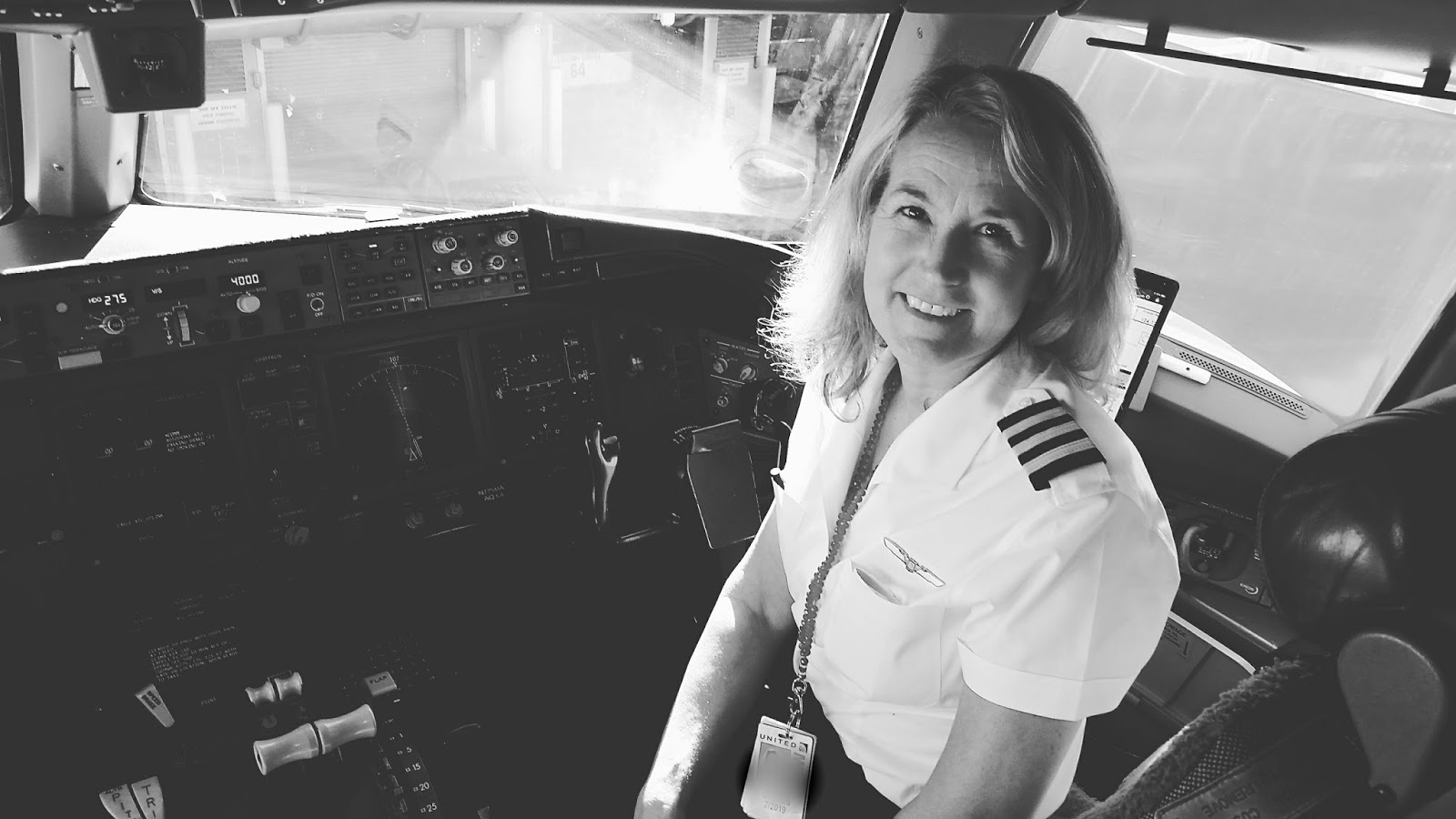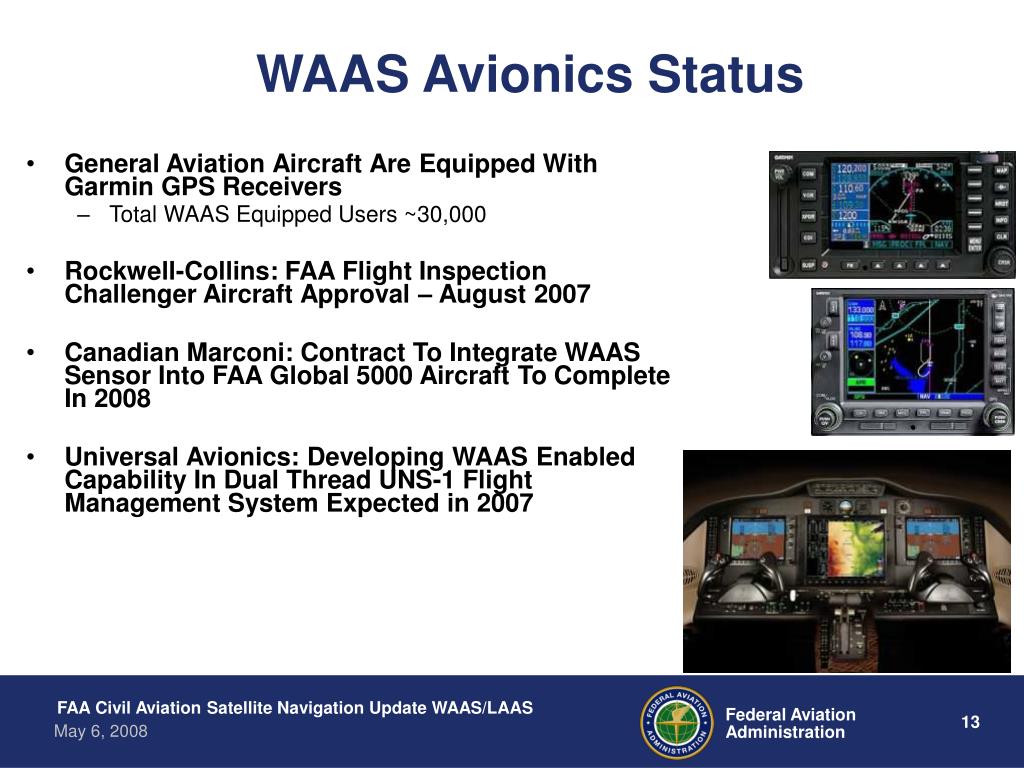

Instrument procedures designers perform a visual area obstruction evaluation off the approach end of each runway authorized for instrument landing, straight-in, or circling. The Augupdate to the the AIM included the following explanation :

What if you don’t pick up the lights or the runway and begin a missed approach after you descend below the DA (i.e., fly past the point where the final approach course and DA intersect)? Are you protected from obstacles until you’re established on the charted MAP? And what about 14 CFR Part 91.175? Doesn’t flying past (and/or below) the DA without the required visual references violate the regulations?Īs I noted at the beginning of this post, specific guidance on these issues has been hard to come by. For example, can you continue flying along the glide path, or must you remain at the DA, maintaining it as if it were an MDA, until you see the runway environment? Must you fly the specified course to the runway? When you reach the DA-even if you don’t see the approach lights, runway, or other cues required by 14 CFR Part 91.175-you can “fly visual” a specified distance to the runway and land-provided you have the flight visibility specified in the minimums section for that approach.īut the instructions leave many questions unanswered. The instructions on these charts are superficially clear. You can find similar notes on RNAV approaches at many airports, especially those, like KHLN, set amid mountains. The minimums section for procedure above includes separate “fly visual” notes for the LPV and LNAV/VNAV minimums. Here’s another example-the RNAV RWY 24 approach at KHQM: You aren’t required to begin a missed approach at the DA as you would on a conventional precision approach. In other words, at the DA, if you have 2 miles visibility, you can continue flying toward the runway until you see the approach lights, the runway, etc. But the visibility requirement for the LPV minimums is 2 miles. It includes a “fly visual” segment from the DA to the threshold-a charted distance of 4.1 nm if you fly to the LPV minimums. Consider the RNAV (GPS) RWY 32 approach at Reno/Stead (KRTS). Many books, including FAA training handbooks, emphasize that, after you reach the DA, you can’t continue flying along toward the airport as if the DA were an MDA (minimum descent altitude) defined for a non-precision approach (i.e., a procedure without a defined descent path and that provides only lateral guidance).īut exceptions (albeit poorly explained at present) exist. By definition, at the DA, you must begin a missed approach if the requirements set out in 14 CFR Part 91.175 aren’t met. These charts illustrate the principle of a DA.


You continue the descent on that glide path until you reach the DA published for that approach.įor example, here are the minimums sections for a typical ILS approach and for the RNAV (LPV) procedure to the same runway (at KALW): To fly to an RNAV approach with LPV or LNAV/VNAV minimums, you track a course like a localizer and then intercept and descend along a glide path that, in the cockpit, looks like the glideslope on an ILS. You can see the current procedure inventory at the FAA website, here.įor several reasons, procedures with LPV minimums have been classified as “semi-precision” approaches (technically, they are APVs-approaches with vertical guidance, although that definition probably will change), but to a pilot, they are (usually) functionally the fraternal twins of an ILS. These approaches, like conventional precision approaches, have minimums set at a DA (decision altitude). The FAA is publishing hundreds of new RNAV approaches each year, and the agency has emphasized the production of WAAS-based procedures with LPV (localizer performance with vertical guidance) minimums.


 0 kommentar(er)
0 kommentar(er)
